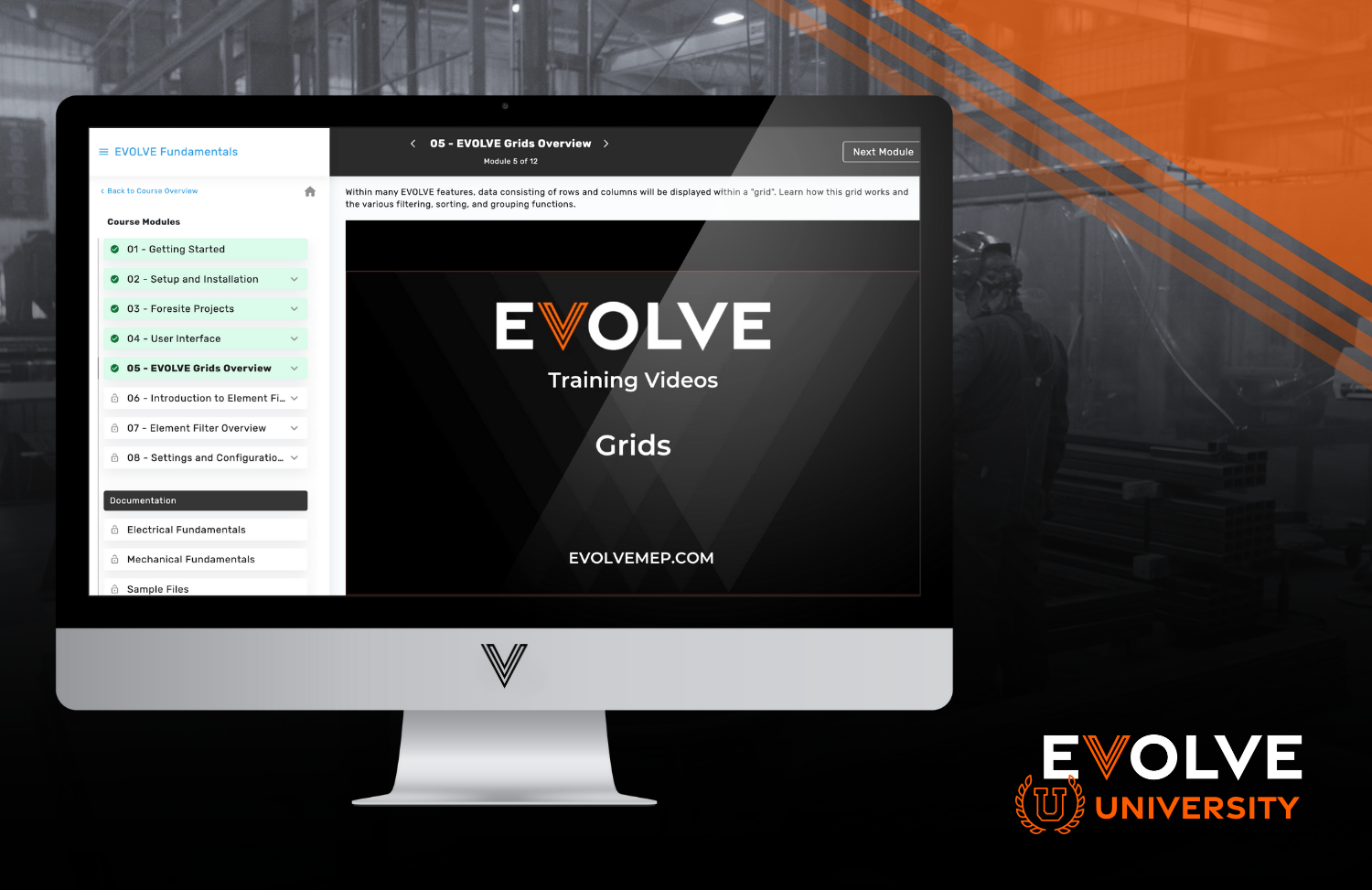Autodesk’s Revit is an incredible BIM tool, but as any contractor knows - Revit is not designed with mechanical projects in mind. Even though Revit is an incredible BIM tool, it has a major drawback…
It wasn’t designed with mechanical projects in mind, and its complexity limits how collaborative and productive your BIM team can be.
They certainly don’t make it easy to organize, input and manage data.
And if your HVAC and plumbing projects don’t have the right data…
…suffice it to say that it will cost you a lot of rework time to identify, change elements and organize models.
Conversely, data-rich models can alleviate some big-time stressors for your prefabrication and field teams as they’ll have a much easier time building assemblies to your exact specs.
But before we show you a better way, let’s look at where out-of-the-box Revit struggles with data.
Where Revit Struggles
Revit has a hard time scaling your data. Revit struggles with handling large and complex BIM models, especially when it comes to performance and speed.
This is a major limitation when working on projects with intricate designs like HVAC and plumbing.
Another issue with using Revit alone is that it lacks advanced features for organizing, categorizing, and analyzing data within the BIM model.
I’m sure you’ve experienced wasting valuable time because you can’t find a specific element in a model!
Cursing out your computer doesn’t help by the way...
And quite frankly, Revit's visualization capabilities are lacking.
That means your prefabrication and field teams won’t have high-quality visual representations of data, and it will cause huge issues down the road when trying to translate models to the real world.
Revit's native file format is not easily interoperable with other software applications. This can make it challenging for your team to exchange important BIM data with the prefabrication shop, and to the on-site team.
Okay—so what’s the solution?
EVOLVE Mechanical
EVOLVE was designed for contractors, by contractors to help you deliver high-quality, data-rich models in Revit with ease! Top mechanical firms such as Mark III self-report saving hundreds of hours every month by adding EVOLVE to their tech stack!
Here are a few of the EVOLVE features that can improve out-of-the-box Revit for your BIM designers and mechanical projects!
Element Filter
As previously mentioned Revit is particularly bad at identifying and finding elements. The EVOLVE Element Filter is just one tool in the EVOLVE platform that can help you solve this problem!
The EVOLVE Element Filters do a lot, including helping you find every instance of an item in your project. The Element Filter allows designers to quickly select, isolate, show or hide, or apply transparency to any specific item. Minimize the headaches and get time back in your day with this tool!
Parameter Sync
Updating parameters by hand is repetitive, costs too much time, and is prone to accidental human errors. It’s enough to break even the toughest BIM designers. EVOLVE's Parameter Sync feature offers a powerful automation tool within the Revit environment. Instead of manually updating each parameter individually, you can define rules using EVOLVE's Parameter Sync feature to automatically synchronize values between them.
This ensures that data remains accurate and consistent across different parameters, saving both time and effort. It also lowers the risk of human error, and improves overall quality by limiting the amount of manual input that needs to be done!
Colorizer
Visualize BIM data like never before with the EVOLVE Colorizer feature! Colorizer allows users to create element filters to set or clear element colors in select views based on user-defined conditions.
Colorized models are more effective in communicating design intent to clients, the prefabrication shop, and the on-site team. With enhanced visibility and data in your BIM models, you can reduce the friction in your project timelines and complete projects faster!
Annotations
With EVOLVE’s Annotation Tags you're able to establish how a tag is going to be placed based on the elements themselves that you've specified and also allows you to specify the way it's going to be placed.
Your team can predefine which Revit tag to use for certain element types and for each tag, set placement options such as position, offset, and leader. Create rules that get applied to the category and then service type (if it is a Fabrication element). For each rule you can set a Revit tag, the default placement and offset, and whether the tag will use a leader or not.
The limitations of Revit can no longer be ignored! EVOLVE Mechanical emerges as a critical solution, designed to bridge the gaps in your team’s process.
By addressing the common challenges associated with out-of-the-box Revit, such as data management, element identification, and visualization, EVOLVE empowers contractors with the tools necessary to deliver accurate, quality models efficiently.
EVOLVE will allow your team to deliver high-quality models with an efficiency you could not achieve with Revit alone.
This has just been a glimpse at what is possible with EVOLVE Mechanical!
Embracing EVOLVE is not just a step forward—it's a strategic move towards a more efficient, productive, and successful future in BIM project delivery. Get a demo with our team today!





